|
About Osteoporosis - Moving Safely Good posture and proper body mechanics are important throughout your life, especially if you have osteoporosis. “Body mechanics” refers to how you move throughout the day. Safe Movement Knowing how to move, sit and stand properly can help you stay active and prevent broken bones and disability. Proper posture can also help to limit the amount of kyphosis, or forward curve of the upper back, that can result from broken bones in the spine. One of the most important things about body mechanics and posture is alignment. Alignment refers to how the head, shoulders, spine, hips, knees and ankles relate and line up with each other. Proper alignment of the body puts less stress on the spine and helps you have good posture. Unsafe Movement To keep proper alignment, avoid the following positions or movements:
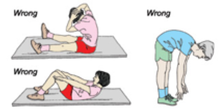 Some exercises can do more harm than good. If you have osteoporosis or have had broken bones in the spine, you should avoid exercises that involve bending over from the waist. Some examples include:
Many exercises and activities such as yoga, Pilates, tennis and golf may need to be avoided or modified because they often involve twisting and bending motions. Bending forward during routine activities also puts stress on the spine and can increase the chance of breaking a bone in the spine. While bending forward puts strain on the spine, it is usually safer if you’re able to keep your back flat.
Many exercises and activities such as yoga, Pilates, tennis and golf may need to be avoided or modified because they often involve twisting and bending motions. Bending forward during routine activities also puts stress on the spine and can increase the chance of breaking a bone in the spine. While bending forward puts strain on the spine, it is usually safer if you’re able to keep your back flat. Sitting
Standing
 Climbing Stairs
 Bending and Turning
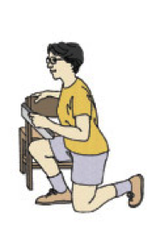 Lifting and Carrying
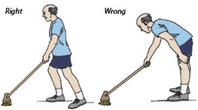 Pushing and Pulling
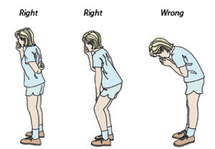 Coughing and Sneezing
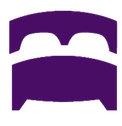 Getting into Bed
Lying Down and Getting Out of Bed
When getting out of bed, reverse the steps you used to get into bed (above):
When on your back, never lift your head and upper back to sit up in bed or get out of bed.
Ref: National Osteoporosis Foundation USA Comments are closed.
|
AuthorShonagh O'Hagan Archives
July 2024
|
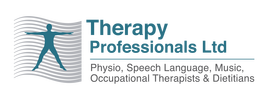
 RSS Feed
RSS Feed